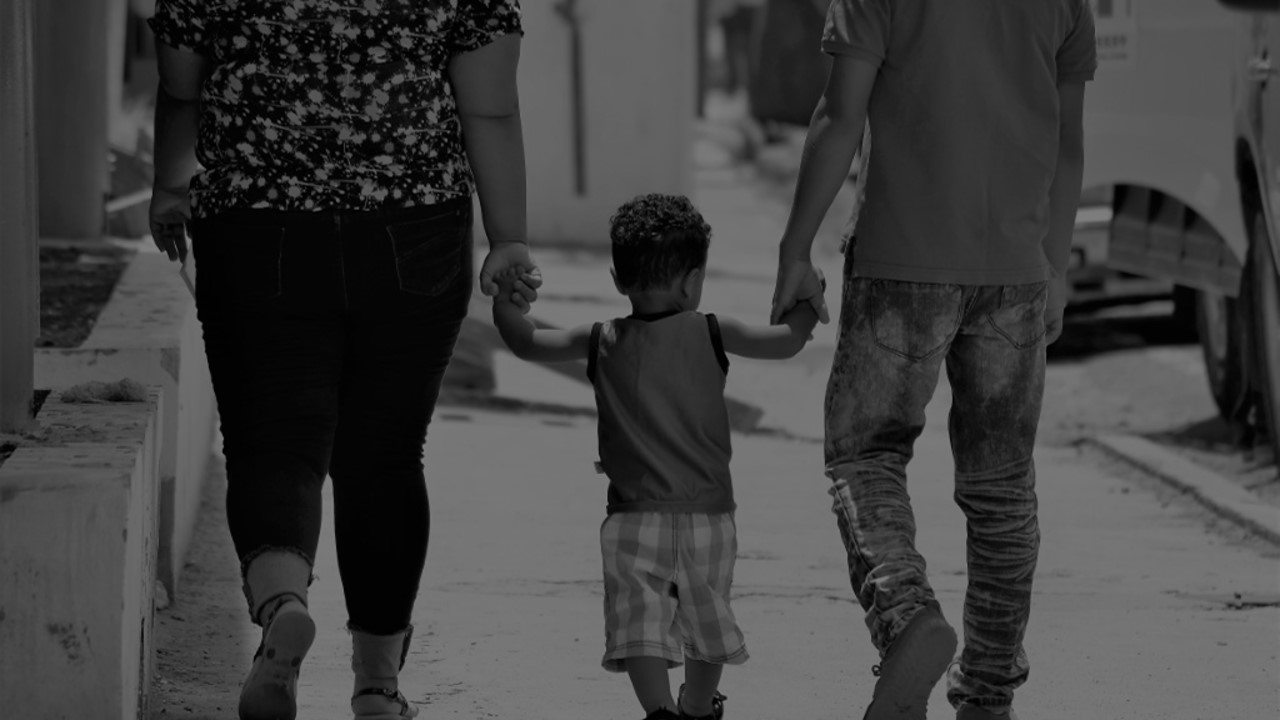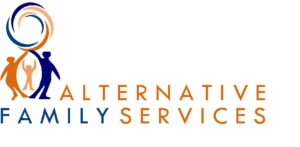What is a Resource Parent?

Have you seen the term “resource parent” or “resource family” used on our site and wondered, what is a Resource Parent?
Have you seen the term “resource parent” or “resource family” used on our site and wondered, what is a Resource Parent? Why do we and others in the child welfare space use this term? Let’s explain.
Resource Parents vs. Foster Parents vs. Adoptive Parents
In short, a Resource Parent is someone who is trained and certified to be both a foster parent and an adoptive parent. Instead of having someone be just one or the other, Resource Parents can fulfill both roles should the need or desire arise.
Here’s how the Children’s Bureau, a division of the U.S. Department of Health and Human Services, defines the term: “Resource families—which include foster parents, foster-to-adopt families, and kinship caregivers—are critical partners for child welfare professionals because they provide care for children who cannot live with their parents, and they can play a supportive role in reunification. A broad range of resource families are needed to support the many needs of children and youth involved in out-of-home care.”
Here in California, “Resource Parent” and “Resource Family” became the official nomenclature in 2013, after the passing of SB 1013. According to the California Department of Social Services (CDSS), the change to the Resource Family Approval Program (RFA) was designed to more holistically account for the varying needs of youth and to ensure permanent, stable solutions for them were more readily available and prioritized.
The change to Resource Families and Resource Parents was also designed to prioritize family homes over group homes and institutionalized living situations. CDSS has noted that these changes “work to build the capacity of the continuum of foster care placement options to better meet the needs of vulnerable children in home-based family care. This increased capacity is essential to successfully moving children out of congregate care.”
How to Become a Resource Parent
As outlined by CDSS, the first step in this process is to receive a license. As part of this step, a certified license provider will come to your home to do a thorough inspection. The goal here is to make sure that any youth will be entering a safe and welcoming environment capable of meeting their needs.
Typically, training is required before someone can become a Resource Parent. CPR/First Aid training is necessary, as are additional hours both before and after you are approved to be a Resource Parent. Head to afs4kids.org/training to see what upcoming training sessions are happening near you.
Interested in learning more about who can be a Resource Parent, the ways in which you can be a Resource Parent and how to make it happen financially? Head to this page for more.
Interested in becoming a Resource Parent yourself? Know that the process is the same whether your end goal is to become just a foster parent or you want to foster then adopt. Head to this page if you’d like to begin the application process today.
Why Become a Resource Parent?
There are over 400,000 foster youth across the nation today, and close to 56,000 just in California. By the time foster youth are 24, not only will roughly half of them will have stable and steady employment, but an estimated 50 percent of them will have substance abuse issues. By age 26, just 4 percent of former foster youth had successfully obtained a bachelor’s degree, and less than 25 percent ever enter college in the first place.
These stats are unfortunately just the tip of the iceberg. By becoming a Resource Parent, you can provide a safe, stable and loving home to youth in need, which can make all the difference in the world.
